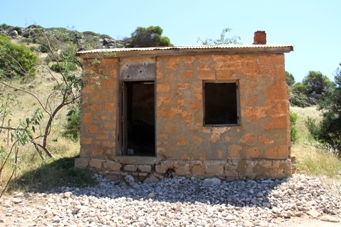Australia So Much to See


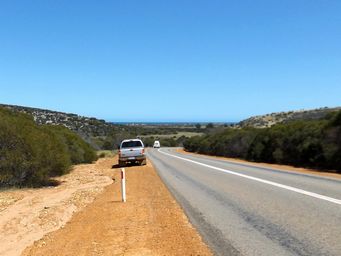
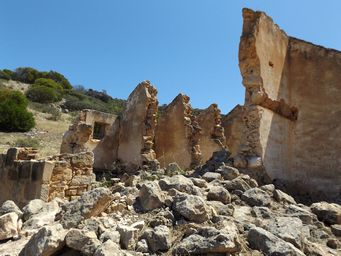
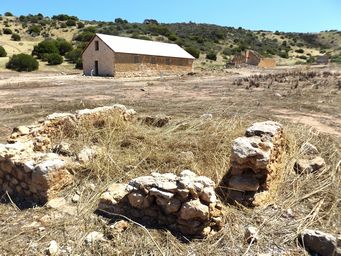
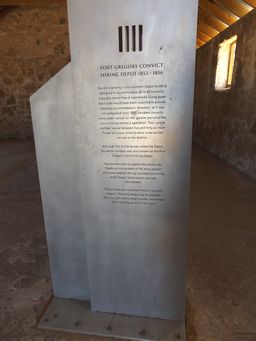
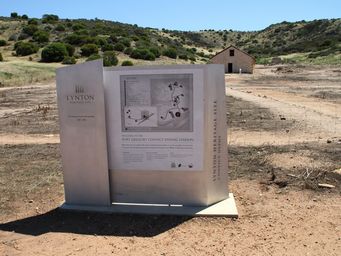
Lynton - links to a convict heritage
Lynton Convict Hiring Depot
When we think of convict history, Botany Bay and Port Arthur come to mind. This first convicts to arrive in Australia reached Botany Bay in 1788. Convicts were also sent to Western Australia, at first selected men from New South Wales between 1826 and 1831, before direct transportation from 1850 to 1868. Convict tradesmen arrived in Albany on board the Amity in 1826. See our Travelogue on the History of Albany.
Most convicts in Western Australia spent very little time in prison. The majority were stationed in areas outside of the Fremantle Convict Establishment, with many stationed in remote areas. Sourced from Wikipedia.
The town allotments were surveyed in anticipation of Lynton’s development as a regional centre. The WA archives include the plans for a school, police station and other buildings to house the intended expansion of colonial administrative services. However, apart from Sanford’s homestead there was little or no development at the town site.
After the completion of his main house, Sanford offered his original cottage for use as a female immigrants’ depot, receiving women from the so-called ‘bride-ships’ that arrived in Western Australia between 1849 and 1889. In 1855 at least five young women arrived at the Lynton female immigrant depot, one to join her ticket-of-leave husband and another three marrying ticket-of-leave men soon afterwards. The foundation of a cottage with several rooms is believed to be the original dwelling constructed by Sanford in 1853 and later (briefly) used as the female immigrant depot is found to the east of the Old Stables.
By 1856 a store, bakery, depot, lockup, hospital, lime kiln and administration block had all been built but a lack of fresh vegetables had seen the convict population ravaged by scurvy. The depot was closed by order of Governor Kennedy on 3 January 1857 due to the high cost to the government of its maintenance. It was decided to close the settlement and the convicts were transferred to Champion Bay in 1857. Despite the barracks capacity for 80 ticket-of-leave men it seems that throughout its life the occupation levels of the depot remained low and was down to nine at the time of closure.
When in 1861 the hiring depot was offered for sale by the Government Commissariat, Captain Sanford purchased the several lots over which the depot was spread and incorporated them into the Lynton Station property.
Several of the depot buildings were used for farm purposes, although photographic evidence from the early twentieth century onwards shows progressive decline of the structures, including some demolition and recycling of stone. Ownership of Lynton Station changed several times.
In the 1960s the present owners (Ron and Sandra Simkin) purchased the property and tried to slow the deterioration of the buildings. In 1992 Ron and Sandra Simkin donated the land where the Depot ruins are as well as the land around Sandford House to be vested in the Shire of Northampton.
The restored Depot building (above and below), designed to accommodate up to 80 convicts. Convicts lived under canvas during the construction of the Depot buildings, completed in 1855.
The Lynton Convict Hiring Depot was the first convict depot north of Fremantle, established in 1853. The depot was established to supply labour to the Geraldine Lead Mine, 50 kilometres north on the Murchison River, and to local settlers.
Sourced from State Heritage, Wikipedia, and Australasian Historical Archaeology
Lynton remains the most intact example of a regional convict depot in Western Australia. Entered on the Register of the National Estate and vested in the Northampton Shire Council, conservation works are in progress via the Northampton Historical Society.

While the story of Anna and The King was inspired by the life of Anna Leonowens it is mostly fiction, however the Anna’s fame from this novel makes her a noteworthy former resident of Lynton.
Anna Leonowen’s husband was the Commissariat storekeeper at Lynton from 1855 to the closure of the Depot in 1857. While stationed at Lynton, their fourth child Louis was born (her first two children had died in infancy).
Following the closure of the Convict Hiring Depot at Lynton, the family moved to Perth for a short while, then to Singapore followed by Penang, where her husband died. Anna started a school for Officer's children in Singapore.
She then accepted an offer to teach the wives and children of the King of Siam. Sending her daughter to school in England, she and Louis lived in Thailand for six years.
After the death of the King, her contract was not renewed. She wrote travel articles, books based on her experiences in Asia, and taught and lectured mostly in the United States and Canada.
Anna was born in India to a mother believed to have had some Indian ancestry. Her adventurous life took her to many countries around the globe.
Sourced from Wikipedia and printed materials on site at Lynton
